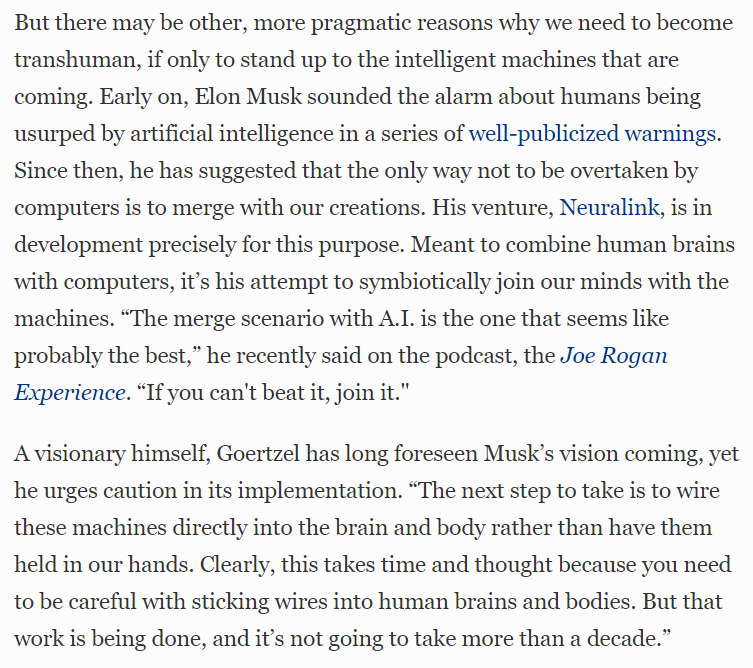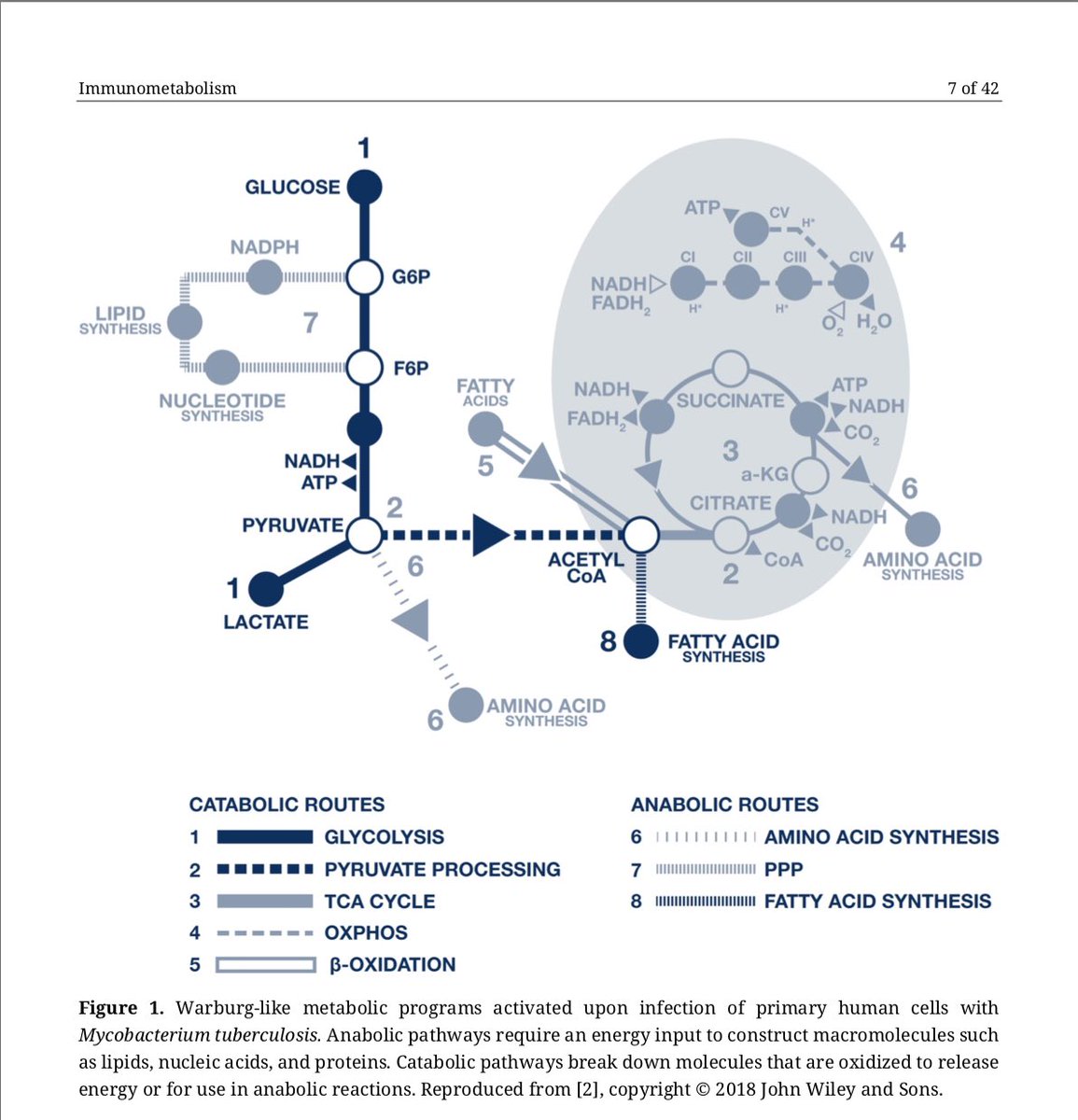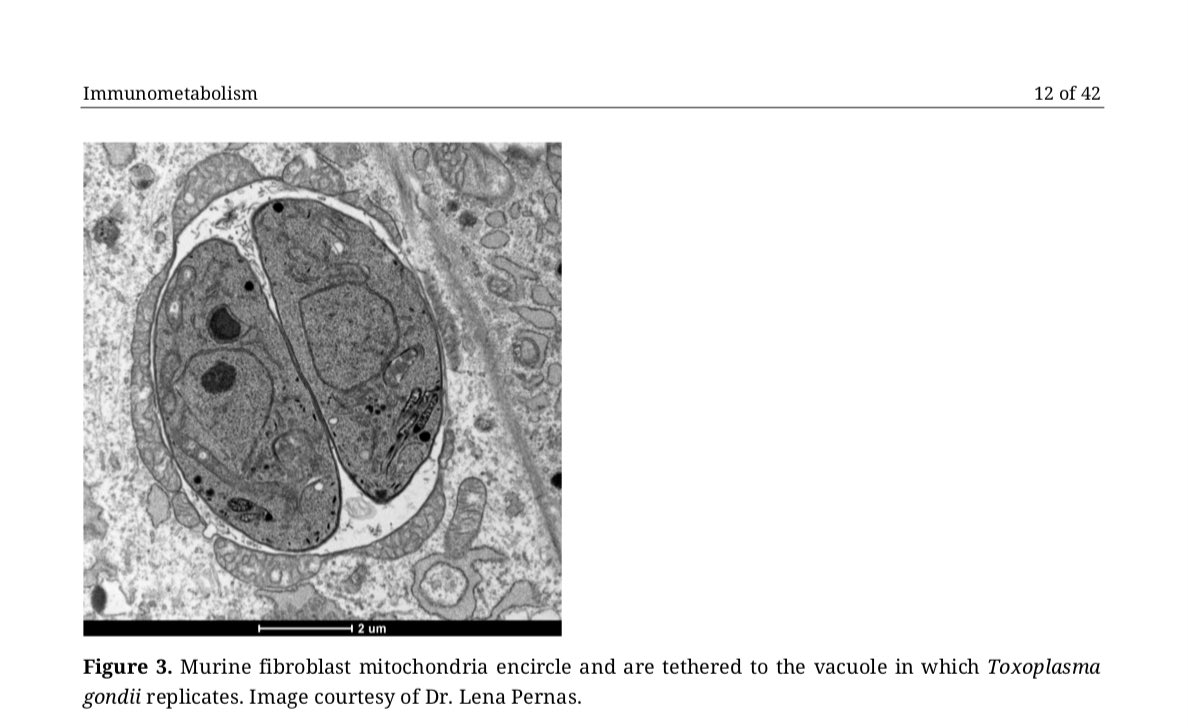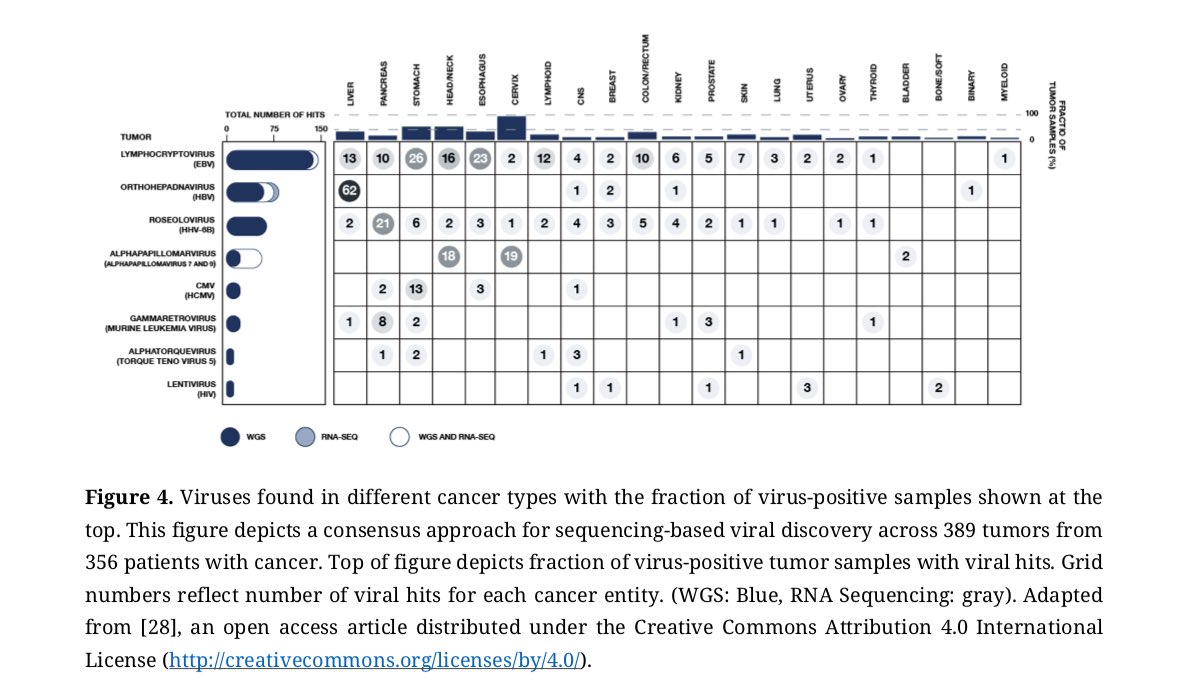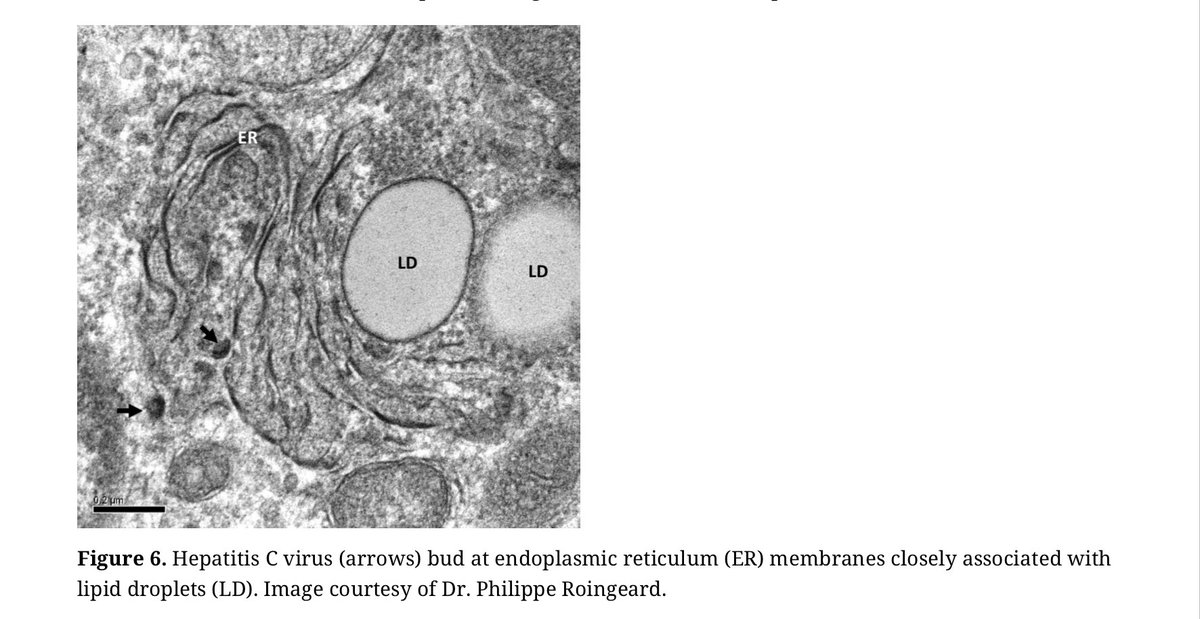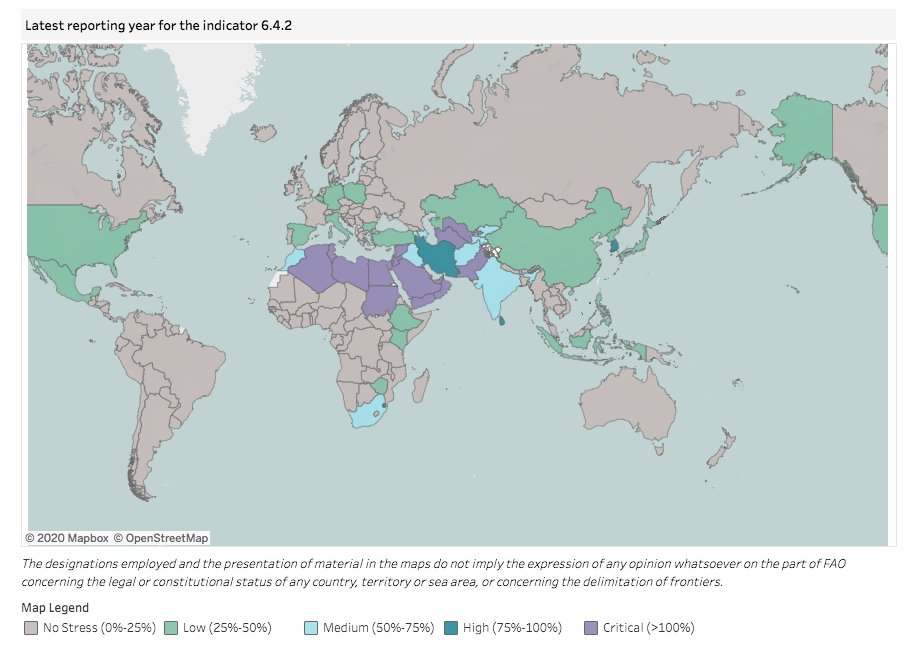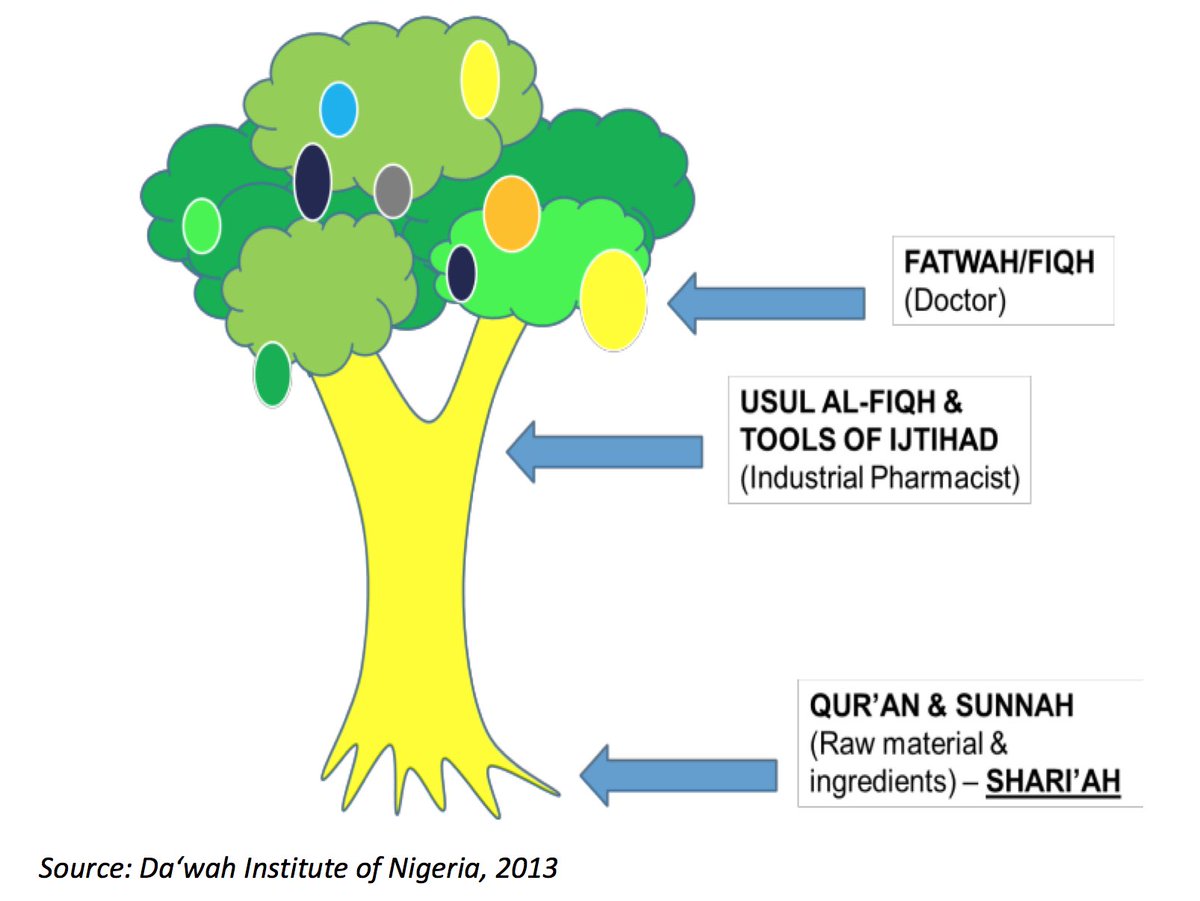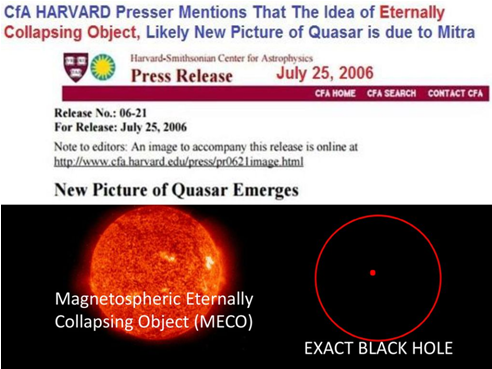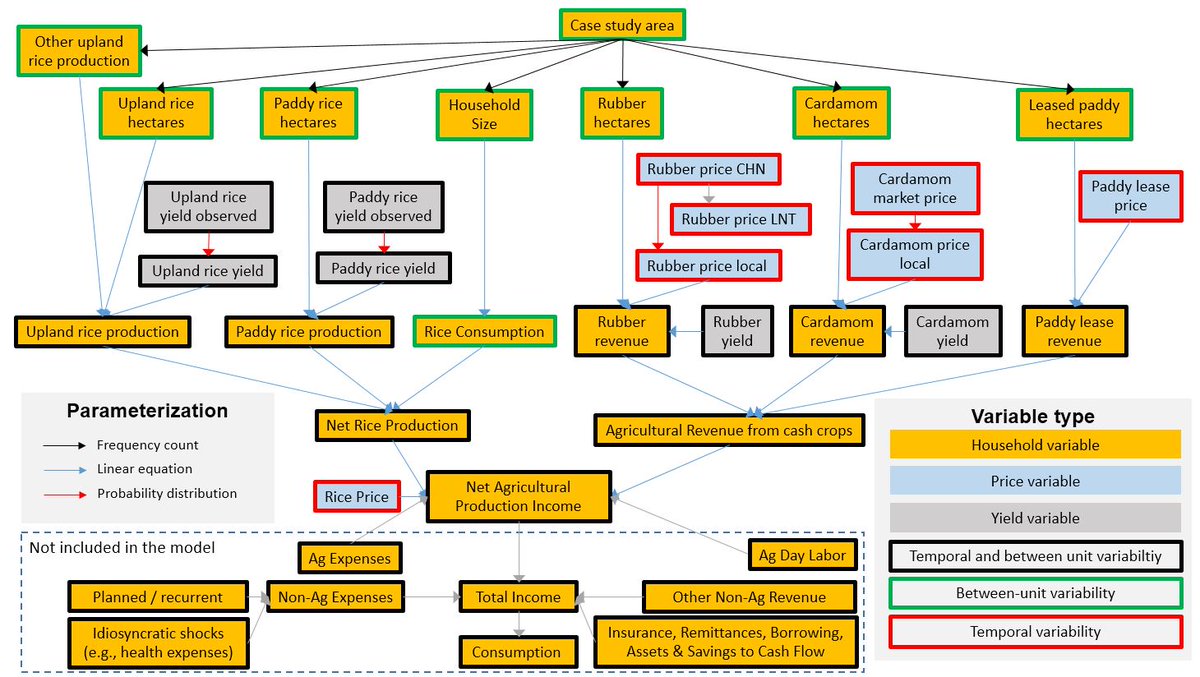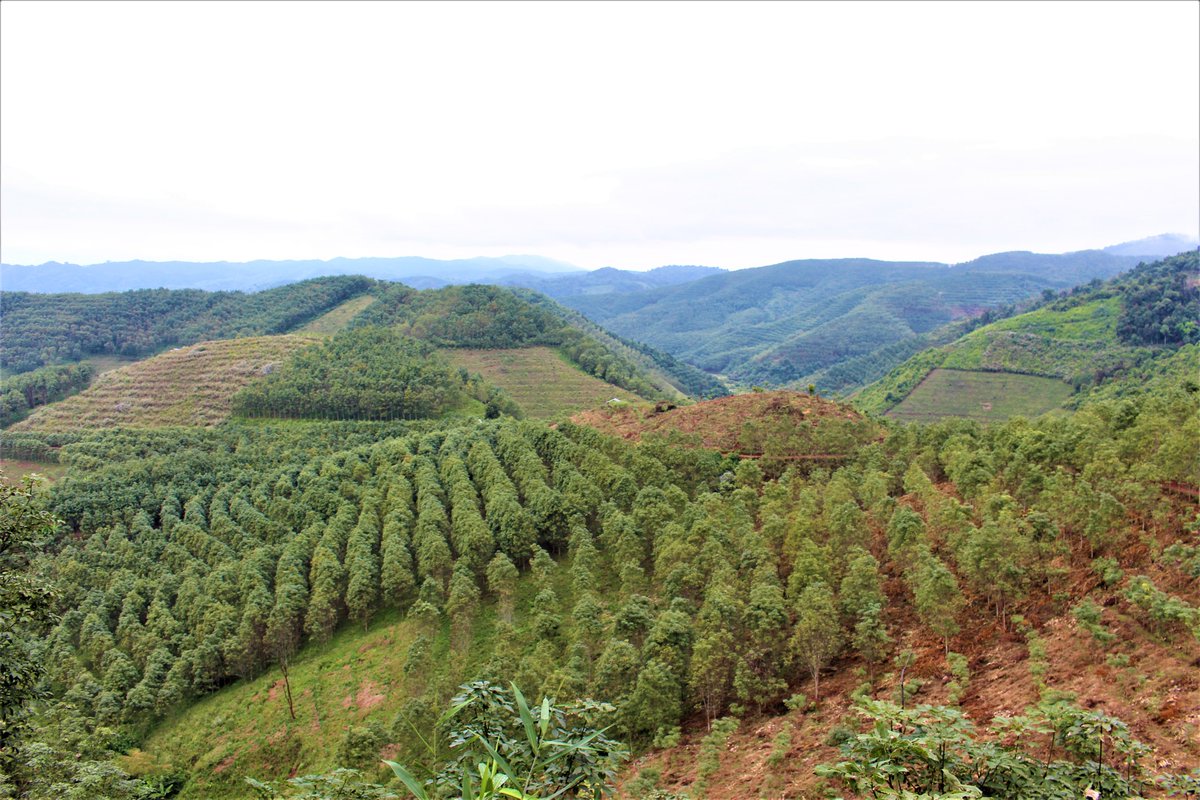Categories Science
Graduate students of the Department of Ecology participate in wildlife scientific investigations, field behavior experiments, and genetic sample collection
https://t.co/Gdp74Onoel
Archived:
https://t.co/ursD2GvzcX
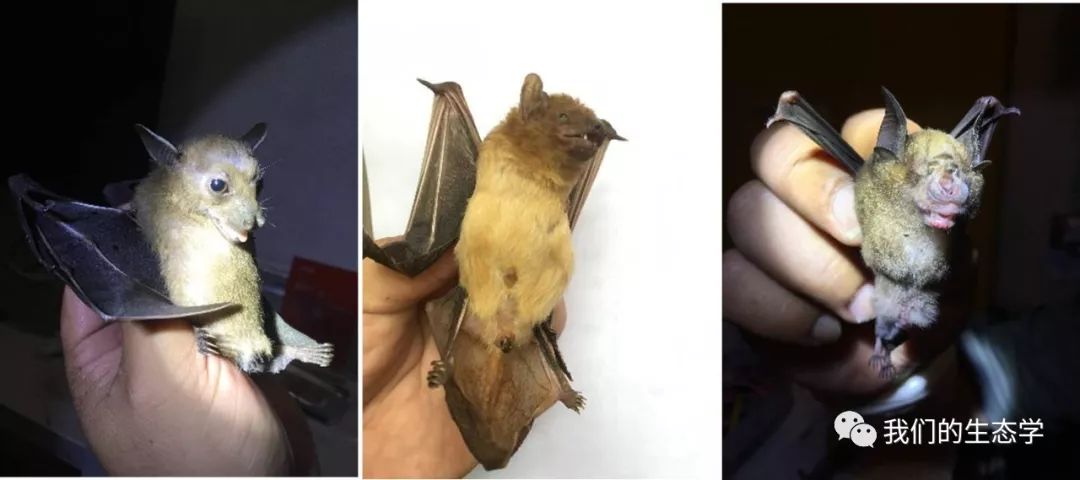
2. The latest research of the Department of Ecology
https://t.co/a7M0zwH9YE
Archived:
https://t.co/s1dZlpHu6A
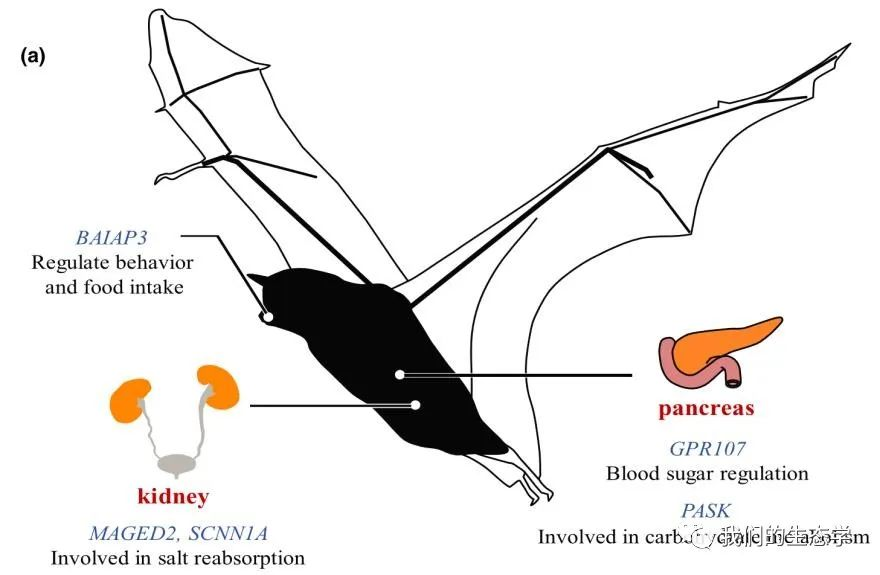
3. Survey of bat field surgery in 2020:
from Guangdong to Yunnan
https://t.co/om0IG3HOBY
Archived:
https://t.co/7HKK59NYq2

4. Wuhan University Bat Research
Jiao Hengwu, a postdoctoral fellow in Dept of Ecology
https://t.co/pC0Oo2u2ta
Archived: Not Yet as a Chinese VPN is needed to access these pages and if a Chinese IP is used, https://t.co/mA4co7ioje is not accessible.
I shit on the great fearwall!
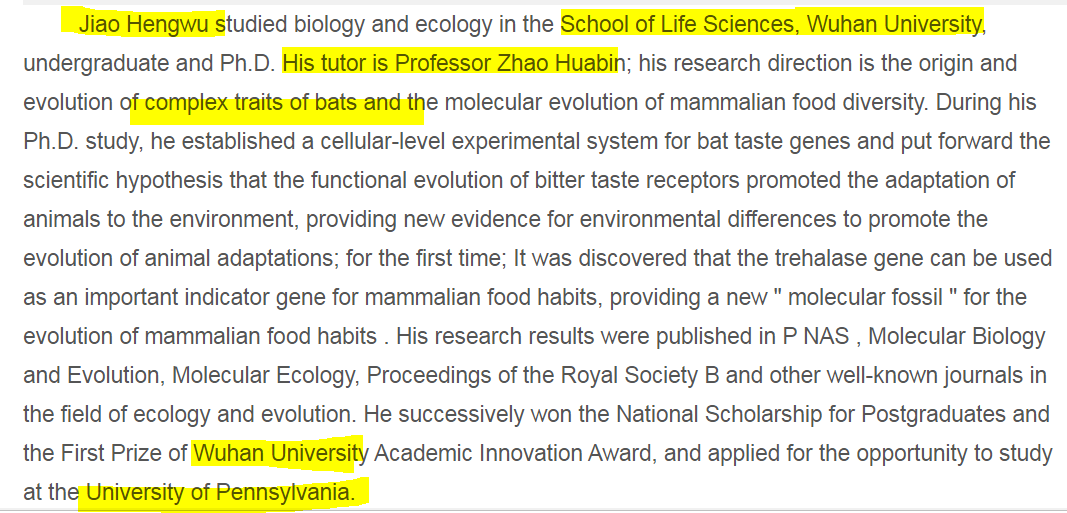
5. Ecologists of Wuhan University publish article in Science, calling for a comprehensive understanding of bats - Huabin Zhao (to be investigated)
https://t.co/hLrOVzMiga
Archived:
https://t.co/CQhmXRn5ia
Publication:
https://t.co/dEN8tc2NET
Search "Huabin Zhao live bat Wuhan"
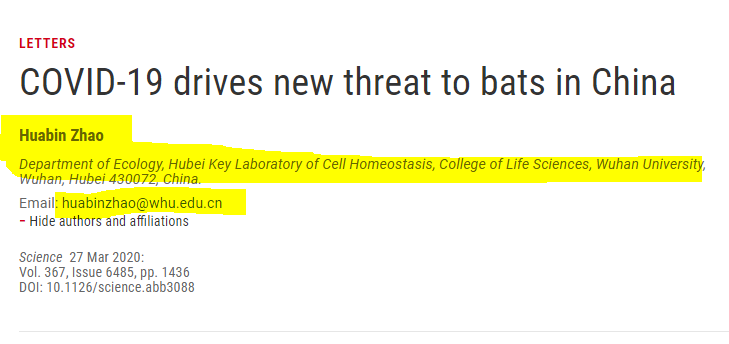
For me, an incredible group of young scholars doing highly relevant science was the #Bestof2020. Here are my favorite 2020 paper by each of several young scholars with whom I get to work
To see where some of these folks were last year see this thread
let's start this #BestOfResp2020 with @UM_IHPI
It's time for #BestOf2019 lists
— Jack Iwashyna (@iwashyna) December 26, 2019
I thought I would try something new. Here are my single favorite paper by each of several young scholars with whom I get to work. They are all rock-stars. In lots of cases these were hard choices 'cause they were very productive this year...
.@msjoding changed the way I look at pulse oximetry in @nejm, rethinking my bedside care
This paper has rightly gotten a lot of
1/ Our research letter on racial bias in pulse oximetry measurement, out today in NEJM https://t.co/6dLuNGosxp pic.twitter.com/XXsfWfc5dv
— Michael Sjoding (@msjoding) December 17, 2020
But I think it is useful to look at it as an example of what makes Mike's work so interesting. A grant to build a dataset just to look at this project would, I think, have been un-fundable. Instead Mike had built an infrastructure to look at ARDS detection
When @msjoding came across Prof Amy Moran-Thomas's provocative @BostonReview essay (https://t.co/VB63h74o9U) he was able to pivot that data infrastructure to ask an important question...
https://t.co/zXuFN66SWe
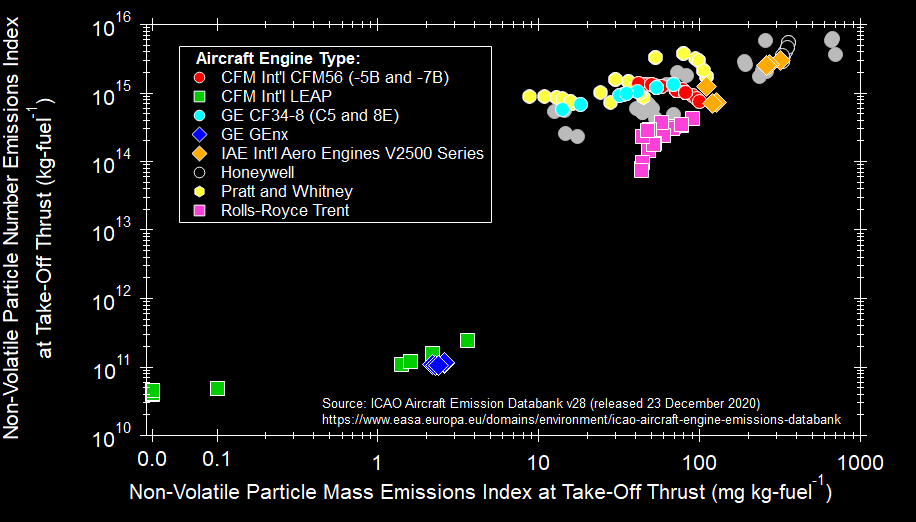
Up until now, certification data for aircraft engine particle emissions have been reported in terms of a "smoke number", which is derived from the change in reflectance of a Whatman 4 filter after collecting 16.2 kg/m² exhaust. 2/
https://t.co/6fa9Kkdupr
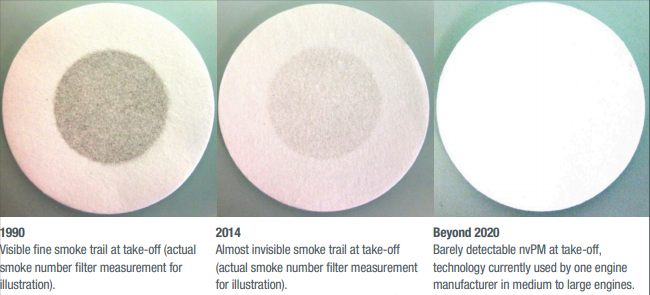
One challenge with the smoke number measurement is that the filter doesn't capture all of the particles -- especially small ones. Is the decrease in smoke number over time because we are trading a few large soot particles for many more smaller soot particles? 3/
While smoke numbers are not particularly helpful for quantitatively assessing particle emissions impacts on air quality & upper tropospheric composition, they have been a huge success in motivating the reduction of unsightly exhaust plumes! 4/
Photo credit: flickr/dsleeter_2000

The new EI data are much more useful for #AirQuality and #Climate modeling efforts seeking to understand the environmental impacts of aviation. Since they're collected at ground conditions, the data are most relevant to AQ, but maybe can be extrapolated to cruise conditions? 5/
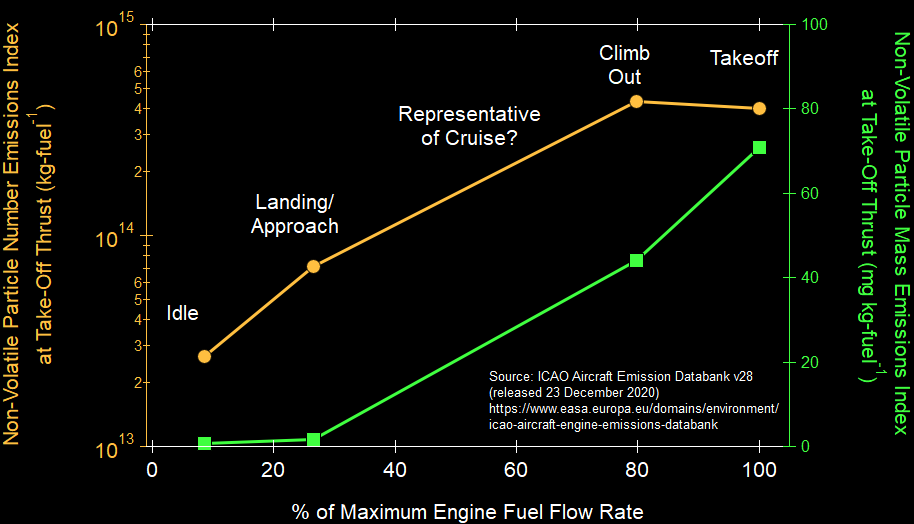
Did you know that extreme abrupt climate change heat waves are projected to impact more than 3.5 billion people by the end of the 2040s including some which will be unsurvivable without air conditioning or do you get your news from the front pages of profit-maximising newspapers?
— Ben See (@ClimateBen) December 5, 2020
I'll add 4 sources here. The most important one is the video abstract of a paper by @EdwardByers , part 2/2. Because only this source shows how important global solidarity today is in alleviating poverty so as to lower the vulnerability in climate
"Global exposure and vulnerability to multi-sector development and climate change hotspots" https://t.co/zEyCX8SFug
— anlomedad (@anlomedad) August 21, 2020
Clip 2/2 of the paper's abstract as video. (Great #scicomm!)
It explains risks and people's vulnerability at 1.5C, 2C and 3C in world regions by 2050. pic.twitter.com/X55YB0hfwu
Or check out IPCC SR15 table 3.4. The figures in millions of people exposed or exposed and vulnerable are for the year 2050 on the respective warming pathways toward 2100. So in all likelihood we're already in for the 2˚ columns.
We can lower the impact only in global solidarity
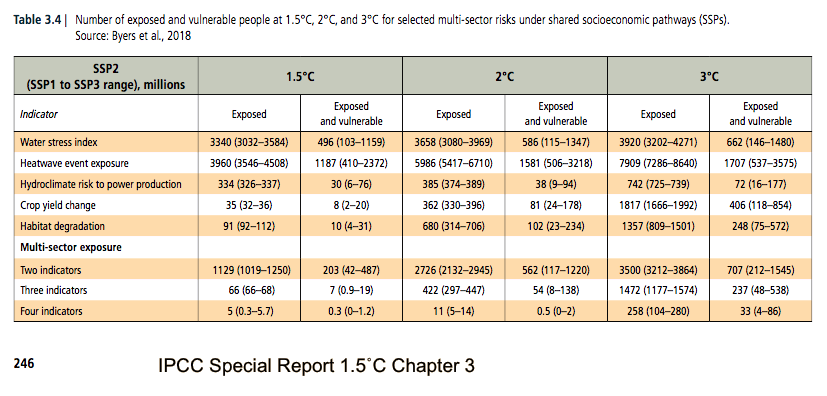
condensed the figures into 3 stills for their primer on climate impacts, "The hard truths of climate change — by the numbers" https://t.co/qTqBVheHIl
But it doesn't show how global solidarity and alleviating poverty from today onwards can significantly lower vulnerability
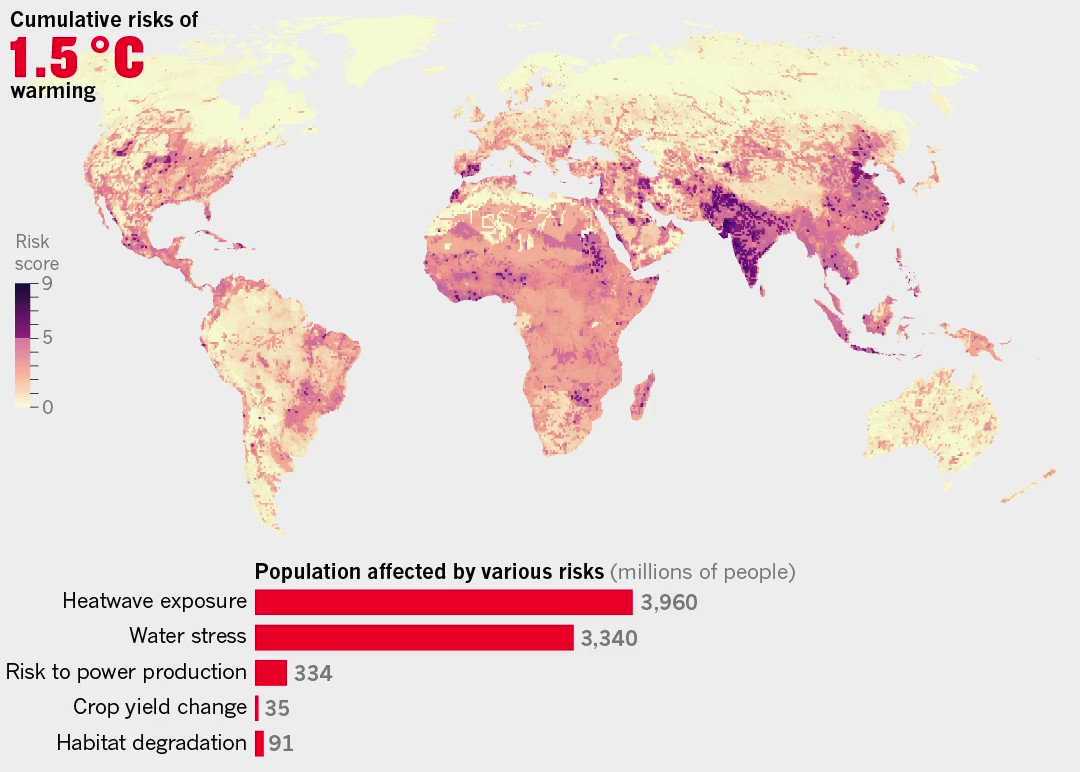
Here's an interactive map to explore climate risks and hotspots: https://t.co/mbNk6m21lW
IMO, this info should be on newspapers' frontpage everyday as a constant warning where we're headed if we continue to hope for incremental efficiency improvements to our current system setup
Climate change will affect HUNDREDS of millions with impacts like floods, heatwaves, and drought - these places at risk are aka #HOTSPOTS \U0001f525
— Edwards Byers (@EdwardByers) October 27, 2020
\u2b07\ufe0f\U0001f9f5 on our new Global Hotspots Explorer \U0001f4e2https://t.co/tuPmqzLeIN
Partnership: @IIASAVienna @theGEF @UNIDO pic.twitter.com/LSCREyuok2
From now until 6pm GMT we have a new researcher every 20 minutes ready to share their work with you!
What's going on? Check out the schedule below for info on all presenters!
First up at 12.20pm is @JessieW_Palaeo

All presenters will post content to their Twitter account highlighted in the schedule above. We'll then retweet in the thread below!
You can also check out everything going on by following the hashtag #GlobalScienceshow
A strong opening to the day discussing fossils, climate and theres even A QUIZ.
If you know me, then you know I LOVE A
Hi, my name is Jessie Woodbridge and I'm taking part in the #GlobalScienceShow
— Jessie Woodbridge (@JessieW_Palaeo) November 28, 2020
I'll be discussing #PastEnvironmentalChanges. Follow along with the whole show and check out @JoshTylerEarth who's up next! #FUTURES2020 @GlobalSciShow pic.twitter.com/1PfM7cLQgR
Here's a screenshot of Jessie's quiz, if you would like to try and match the pollen to the plant!
@JessieW_Palaeo #FUTURES2020
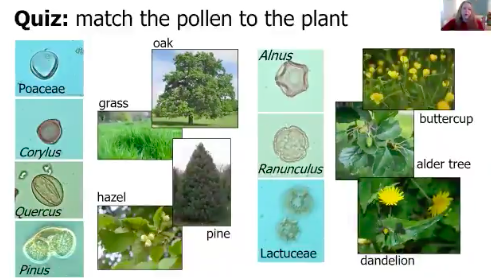
I am genuinely smiling so much. Penguins (and specifically Gentoo's) are my favourite animal.
It's so exciting that three new species of Gentoo penguins were recently discovered
Hi, my name is Josh Tyler and I'm taking part in the #GlobalScienceShow & #FUTURES2020.
— Josh Tyler (@JoshTylerEarth) November 28, 2020
I'll be tweeting about cryptic species and how we discovered three new species of gentoo penguin\U0001f427. Follow along with the whole show and check out @Jimbo_Rand who is up next. 1/12 pic.twitter.com/4TnkM9dnDB
In an earlier thread here: https://t.co/wfr5uu6s23 I discussed how Deleuze got rid of the concept of species in Aristotle's system by using the category of the individual singularity to encompass all actual ontological entities.
When it comes to heritage within the western tradition the way I assess it is not correctness but based on how interesting, remarkable and important the thinker is. This is important because whilst I embrace the entire western philosophical tradition as all having important
— Marcus Cunningham (@MarcusC31391111) November 17, 2020
But here we'll look at difference and repetition to take a stab at the broader category of genera.
From Somers-Hall's Book on Difference and Repetition.

"Second, Deleuze argues that while Aristotle provides an account of the determination of objects, he cannot provide an account of the constitution of objects. As we saw, properties are understood as properties of something, and the same could be said of differences.

You can tell 2020 was the worst because I didn’t describe a single new synapsid species this year. In part, that’s due to spending most of my energy on larger-scale synthetic projects, but I had a few new taxa that were supposed to come out and got delayed by #2020 stuff...
Thankfully my colleagues in the synapsid research community have not been so idle, naming 13 new species this year. The vast majority (9) were cynodonts, there were also 2 pelycosaurs, 1 dicynodont, and 1 therocephalian.
For new pelycosaurs the highlight was definitely the long-awaited description by Berman et al. of Martensius, the Bromacker caseid, a plesiomorphic early member of the group known from beautiful material: https://t.co/GUJRKvtNwc

No new biarmosuchians or dinocephalians (though watch out next year…), but there was one new dicynodont: a basal dicynodontoid, Taoheodon, part of an increasingly diverse upper Permian fauna from China: https://t.co/lpq2ElPADw

Enter a thread on isogenies, random walks and automorphism groups.
🧵👇
(0/n)
I will explain some of the background we used to write these papers with Ben Smith, so I encourage you to go read them. There are some results at the end of the thread
My first two papers are out in the arXiv! I'm very thrilled about them \U0001f604 pic.twitter.com/Az9gODokH9
— Enric Florit (@enricflorit) January 5, 2021
The main objects in isogeny-based cryptography are elliptic curves and isogenies, usually defined over finite fields. And, of course, isogeny graphs.
(2/n)
You might want to read about elliptic curves
\U0001f369 elliptic curves thread \U0001f369
— \u2133 \u2606\xb0\u30df (@computer_dream) December 31, 2020
Disclaimer: this thread is not meant to be technical but rather a bunch of facts I find beautiful about elliptic curves. I hope you can find them beautiful as well.
If you want to learn more about this, read Silverman's Arithmetic of Elliptic Curves!
First of all, an isogeny is a nonconstant morphism of elliptic curves fixing the point at infinity.
So it is a group morphism, a morphism of algebraic curves, it is surjective, and it has finite kernel.

